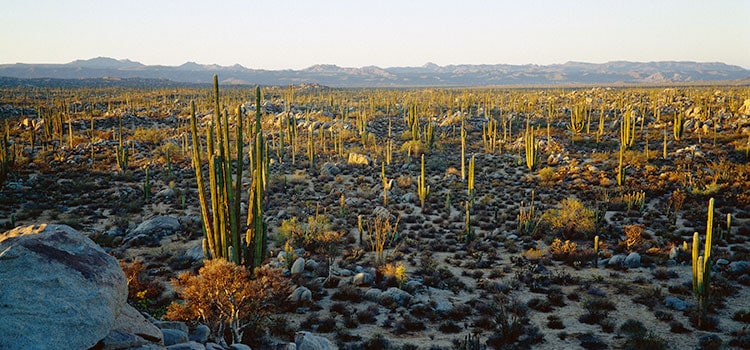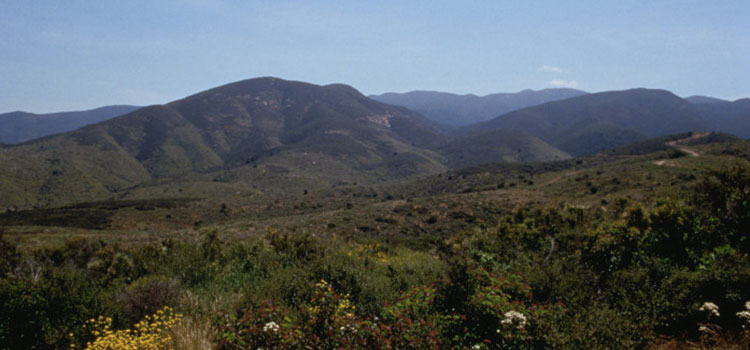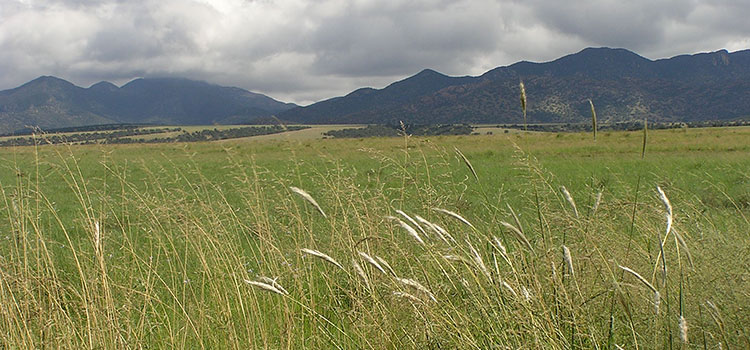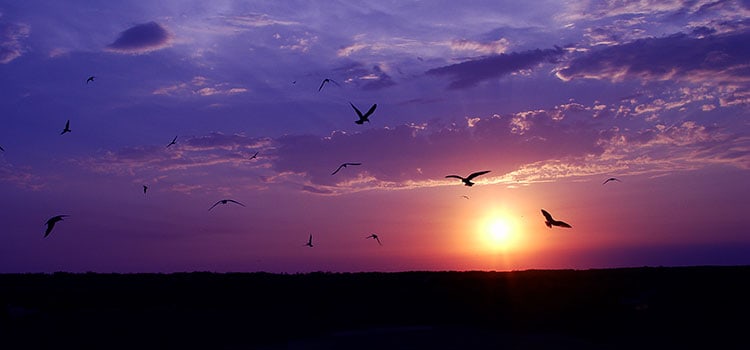Arid Borderlands
The Arid Borderlands sub-region of the Sonoran Joint Venture includes parts of Arizona, California, Nevada, Utah, Sonora, Sinaloa, Baja California, Baja California Sur, and the adjacent islands in the Gulf of California and the Pacific Ocean. The sub-region includes all or parts of four Bird Conservation Regions (33, 40, 41, and 42) and comprises unique ecosystems including the Sonoran and Mojave deserts, riparian habitat, mangroves, desert thorn-scrub, and tropical deciduous forest. Saguaro, cardón, mesquite, cottonwood, willow, boojum, and ironwood are just a few of the characteristic plant species that can be found here.
The Sonoran and Mojave deserts are found in the northern part of this sub-region, where species such as Le Conte’s Thrasher, Abert’s Towhee, Gilded Flicker, Rufous-winged Sparrow, and Masked Bobwhite can be found. The relatively small and few riparian and freshwater wetlands in the desert are critically important for wildlife. The Lower Colorado River and adjacent wetlands provide the majority of freshwater wetland habitat, along with the Salton Sea in southeastern California. Together these areas provide important winter habitat for large populations of ducks, geese, and waterbirds such as Eared, Clark’s and Western grebes. Globally important coastal wetlands occur along the coastline of the Gulf of California, especially the Colorado River delta.
In the Vizcaíno desert of the Baja California Peninsula we find endemic species such as Gray Thrasher, Belding’s Yellowthroat, and Xantus’s Hummingbird. Additionally, an important population of Pacific Brant winters along the coasts of this region. Black-vented Shearwater, Black Storm-Petrel, Scripp’s (formerly Xantus’s, in part) Murrelet, and Least Storm-Petrel breed on islands in the Pacific Ocean.
The nearly 100 islands of the Gulf of California are important nesting sites for seabirds and migration corridors for other species. In particular, they provide breeding habitat for Black and Least storm-petrels, Red-billed Tropicbird, Blue-footed and Brown boobies, Brown Pelican, Brandt’s Cormorant, Osprey, American Oystercatcher, Heermann’s and Yellow-footed gulls, and Craveri’s Murrelet, among others.


 English
English  Español
Español 


